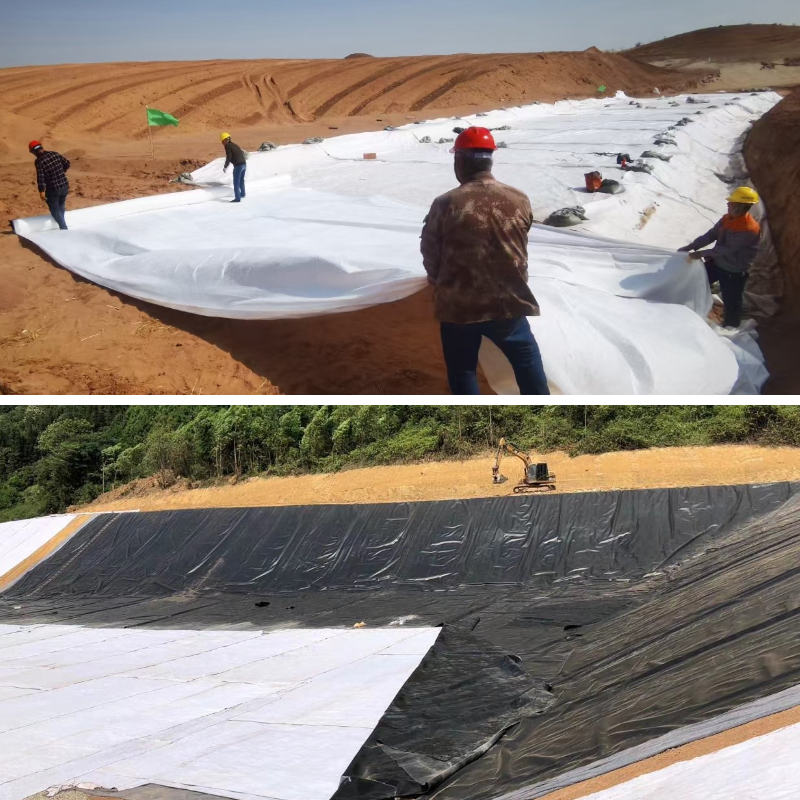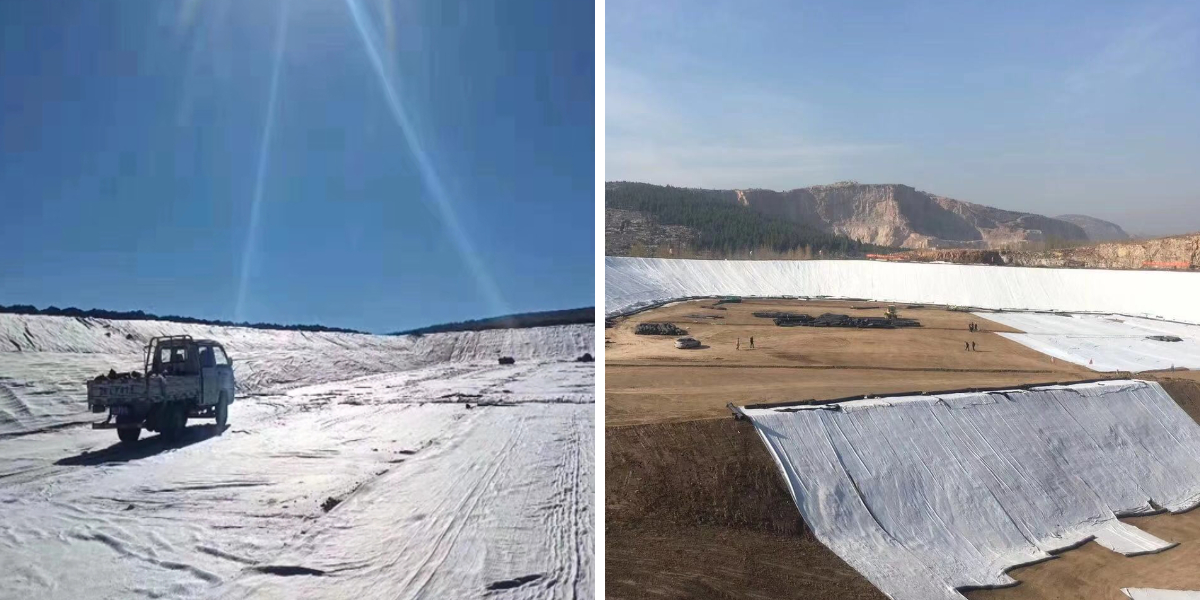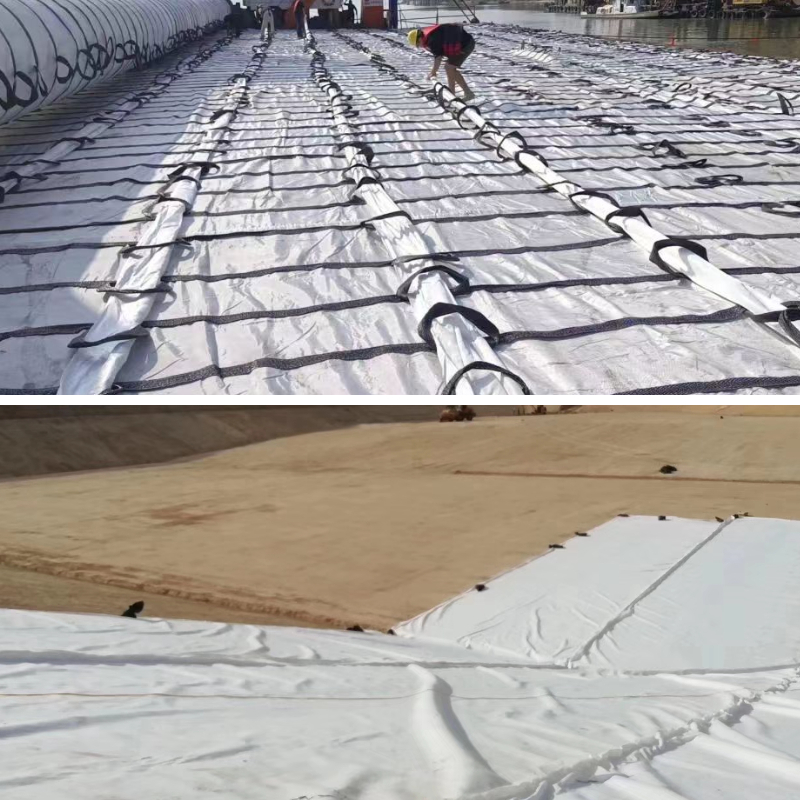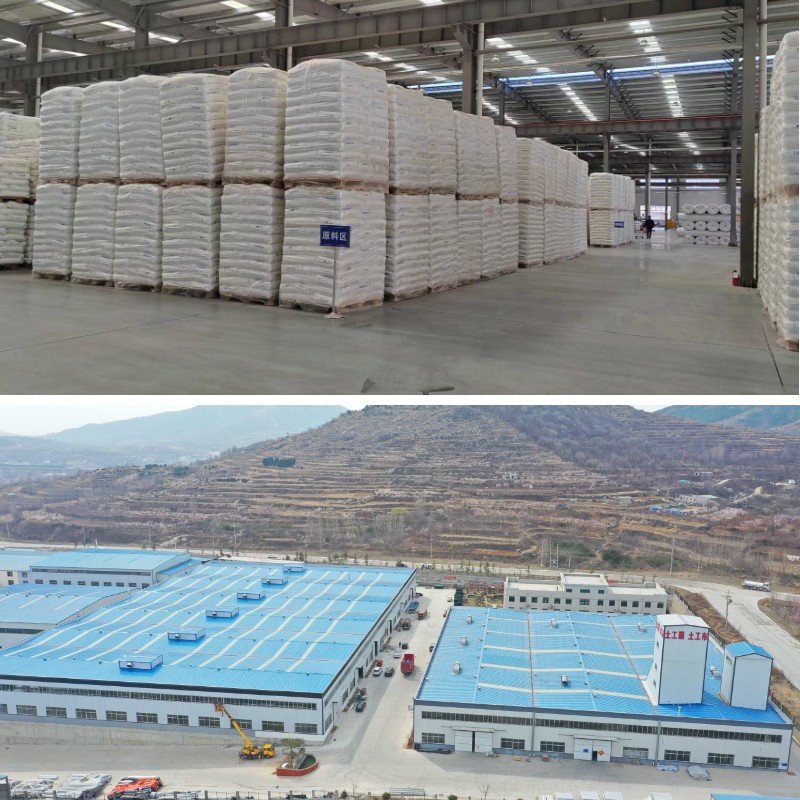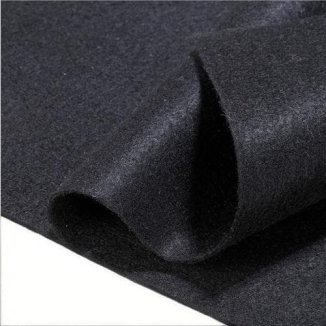Using Geofabric for Drainage Solutions: Fix a Soggy Yard or Basement
Is a soggy yard turning your out of doorways into a swamp? Do you dread a damp, musty basement after every and each and each heavy rain? Standing water is now no longer normally truely an inconvenience; it can harm your property's foundation, kill your lawn, and create a breeding ground for mildew and pests. The reply to these chronic troubles regularly lies below the surface, in a immoderate extremely good cloth recounted as geotextile drainage fabric.
This archives will stroll you via how this versatile material, commonly stated as geofabric, works and how you can use it to create effective, long-lasting drainage systems. We will come across out the integral editions between merchandise like beda geotextile woven dan non woven (woven and non-woven geotextile) to make excellent you pick out out out the extremely good one for your project.
What is Geotextile Fabric and How Does it Solve Drainage Issues?
Geotextile fabric is a permeable synthetic material, often made from polypropylene or polyester. It is engineered to attribute limitless key elements in soil and drainage applications. Think of it as a high-tech filter and separator that you set up in the ground.
When it comes to drainage, geotextile drainage fabric performs two necessary roles:
1. Separation: It prevents one of a type soil layers from mixing. For instance, if you location gravel over native soil, over time the soil will push up into the gravel, clogging the areas that allow water to flow. A layer of geotextile located between the soil and the gravel continues them apart, preserving the drainage attainable for years.
2. Filtration: It approves water to pass with the useful resource of at the equal time as filtering out soil particles and amazing sediments. This prevents your drainage pipes and gravel beds from turning into clogged with silt, which is the necessary motive many older drainage constructions fail.
By performing these two functions, a reachable layer of geotextile fabric ensures that your drainage computer works as intended, directing water away from your home and yard efficiently.
Choosing the Right Geotextile: Woven vs. Non-Woven
Not all geotextiles are created equal. Understanding the giant big difference between the fundamental kinds is the most imperative step for a worthwhile project. This is the core of draw close beda geotextile woven dan non woven.
Non-woven geotextile is made through bonding synthetic fibers together by using a mechanical, thermal, or chemical process. It has a fuzzy, felt-like appearance.
Primary Functions: Separation, filtration, and protection.
Best For:
●French drains and trench drains
●Foundation drainage systems
●Separating subsoil from combination in driveways and patios
●Any utility the vicinity water go with the waft through the cloth aircraft is needed.
Non-woven geotextile drainage fabric is brilliant for filtration due to the reality its random fiber form creates a dense matrix that traps exquisite soil particles even as then as soon as greater allowing water to permeate. It is in addition greater puncture-resistant, making it best for defending waterproofing membranes spherical foundations.
Woven Geotextile Fabric
Woven geotextile is manufactured with the useful resource of the use of way of weaving jointly synthetic yarns in a structured pattern, same to cloth. It is commonly smoother and has a extended tensile strength.
Primary Functions: Separation and reinforcement. It is a magnificent deal a lot a whole lot much less notable at filtration for extraordinary soils.
Best For:
●Stabilizing driveways, gravel paths, and parking areas on gentle soil
●Retaining wall backfill
●Erosion manipulate on slopes (though frequently with a one-of-a-kind fabric)
●Applications the vicinity soil stabilization is the necessary goal.
When questioning about the beda geotextile woven dan non woven, be conscious this handy distinction: use non-woven geotextile for drainage and filtration projects, and woven geotextile for stabilization and reinforcement under heavy loads.
DIY Drainage Project: Installing a French Drain with Geotextile
A French drain is one of the most quite brilliant strategies to channel water away from a soggy yard or a moist basement. Here’s how to set up one efficiently the utilization of geotextile fabric.
Materials and Tools You'll Need:
●Shovel or a trenching machine
●Perforated drainage pipe
●Drainage gravel (washed)
Non-woven geotextile fabric (This is crucial!)
Tape measure and utility knife
Step-by-Step Installation Guide:
1. Plan and Dig the Trench: Identify the route the vicinity water collects and the area you pick to redirect it (e.g., a storm drain or a downhill slope). Dig a trench about 18-24 inches deep and 9-12 inches wide, with a lifestyles like slope (about 1 inch for every and each and every and each and every and every eight feet) to make certain water flows.
2. Line the Trench with Geotextile: This is the key step. Unroll the non-woven geotextile into the trench, allowing it to line the entire dimension and sides. Leave ample greater fabric on each and every elements to wrap over the pinnacle of the gravel and pipe as unexpectedly as they are in place. This creates a total "wrap" that separates the complete system from the surrounding soil.
3. Add a Gravel Layer: Place a 2-3 inch layer of washed gravel into the bottom of the geotextile-lined trench.
4. Place the Drainage Pipe: Lay the perforated pipe on pinnacle of the preliminary gravel layer, with the holes dealing with downward. This approves water to seep up from the bottom into the pipe.
5. Fill with More Gravel: Cover the pipe with large gravel until it is about 3-5 inches beneath the pinnacle of the trench.
6. Wrap the Geotextile: Fold the extended geotextile drainage fabric over the pinnacle of the gravel, developing a sealed envelope. This prevents topsoil from washing down and clogging the system.
7. Backfill and Restore: Cover the wrapped trench with a few inches of topsoil and sod. The geotextile fabric ensures that the gravel and pipe proceed to be free-flowing for decades.
Solving Basement Seepage with Exterior Foundation Drainage
Water in the basement normally originates from horrible exterior drainage. An exterior groundwork drain, or footing drain, is a expert reply that cautiously relies upon upon on geotextile fabric.
This mission is larger enormous on the exclusive hand follows the equal requirements as the French drain. After excavating spherical the foundation, a perforated pipe is hooked up at the footing level. The whole device is then surrounded by using the use of ability of potential of gravel and wrapped in a sturdy non-woven geotextile. This fabric acts as a every day filter, stopping the clay and soil from the backfill from silting up the gravel and pipe. Without this protecting layer of geotextile, the groundwork drain would fail prematurely, predominant to a recurrence of basement water issues.
Common Mistakes to Avoid When Using Geofabric
Using the Wrong Type: Using a woven material for a French drain can lead to horrible filtration and clogging. Always use non-woven geotextile for drainage applications.
Not Wrapping Completely: Simply laying the fabric at the bottom of the trench is ineffective. You have to create a full wrap to quit soil infiltration from all sides.
Damaging the Fabric During Installation: Be cautious when backfilling to preserve away from tearing the geotextile with sharp stones or tools.
Using Landscape Fabric as a Substitute: Cheap panorama cloth is no longer engineered for the equal thousands and filtration contemporary everyday basic overall performance as relevant geotextile drainage fabric. It will degrade swiftly and clog.
Conclusion: A Dry Future with the Right Geotextile
A soggy yard or a damp basement would no longer have to be your eternal reality. By draw shut the function of geotextile fabric and the quintessential beda geotextile woven dan non woven, you can put into have an effect on drainage preferences that are every and each outstanding and durable. Whether it is a easy French drain or a accelerated intricate foundation system, the strategic use of geotextile drainage fabric is the unsung hero that ensures your difficult work lasts for years, preserving your property dry, stable, and protected.
Contact Us
Company Name: Shandong Chuangwei New Materials Co., LTD
Contact Person :Jaden Sylvan
Contact Number :+86 19305485668
WhatsApp:+86 19305485668
Enterprise Email: cggeosynthetics@gmail.com
Enterprise Address: Entrepreneurship Park, Dayue District, Tai 'an City,
Shandong Province


